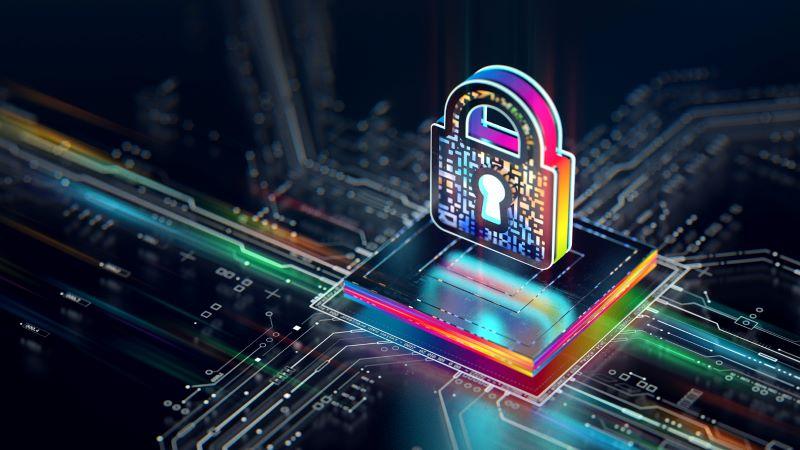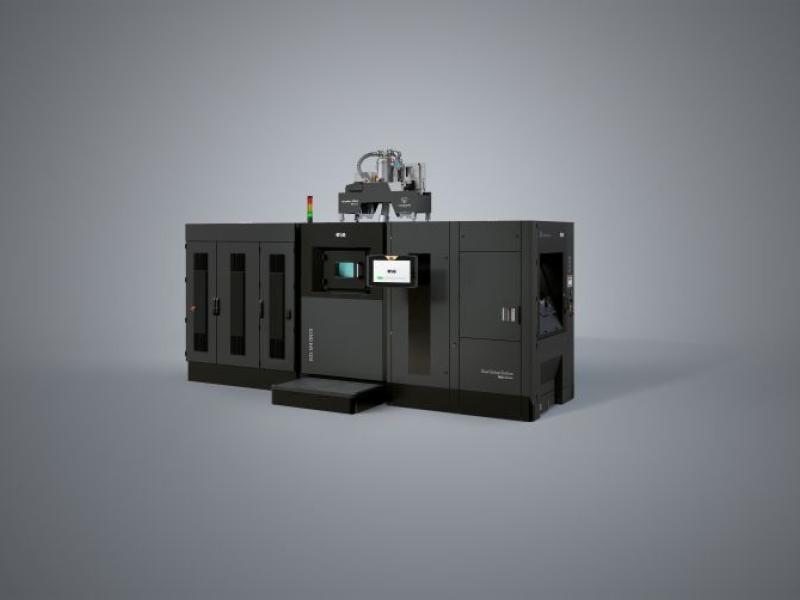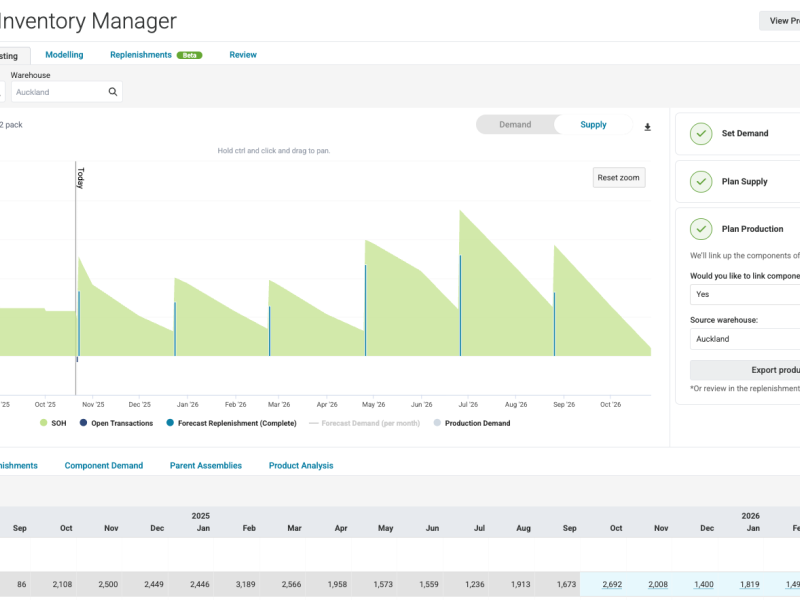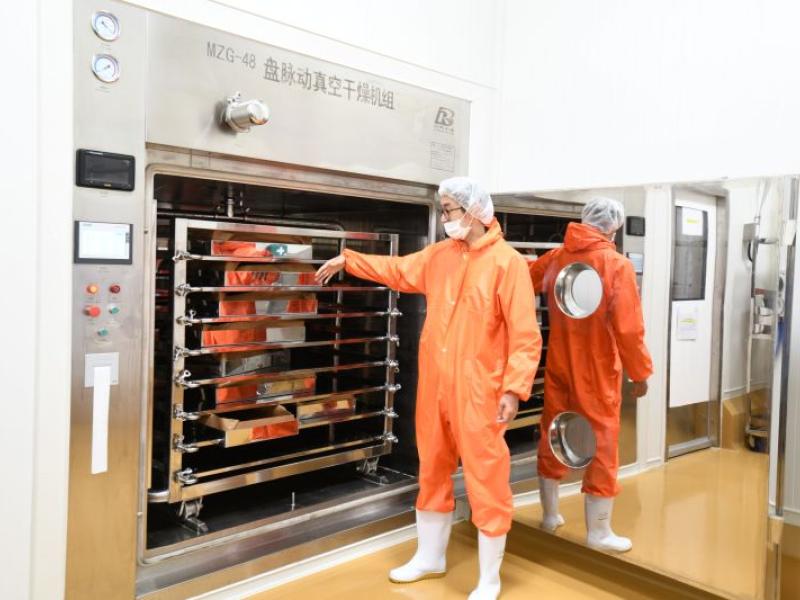Cybersecurity is undergoing a paradigm shift, transitioning from threat reaction to threat prediction and prevention. This change is set to be foundational to the industry, moving it toward security solutions that are more proactive than ever before.
The incorporation of Artificial Intelligence (AI) into cybersecurity provides capabilities to detect and respond to active threats in real-time. AI is also able to learn from these threats and identify vulnerabilities in systems before they are exploited. These abilities drastically reduce the time taken to identify and mitigate current and potential security breaches.
Predictive security measures are already a long-standing aspect of modern cybersecurity practices. However, even the best human-based techniques are unable to catch all potential vulnerabilities in systems of ever-growing complexity and size. AI is the next evolution in the cybersecurity arms race.
AI's superhuman skill in pattern recognition and mass data processing allows it to sift through vast amounts of data and pinpoint threats that may go unnoticed by human analysts. Whether detecting network intrusions or analysing system behaviours to uncover vulnerabilities or malware, AI has a critical role to play. The need for AI in cybersecurity becomes even more pressing as cybercriminals increasingly adopt AI for their own malicious purposes.
However, the integration of AI into cybersecurity methods and protocols presents its own set of challenges. Biases hidden within the black box of deep learning models have the potential to create a new set of blind spots that may be challenging to detect and correct. For example, if an AI system is trained on data that predominantly features attacks from a specific geographic region, it may develop a bias that leads to a higher rate of false positives or false negatives when analysing threats from other regions. Additionally, AI may have difficulty grasping the human motivations underlying certain cyberattacks, such as political, ideological, or personal factors that drive attackers. This limitation may negatively impact AI's predictive capabilities, as it may not be able to anticipate attacks that deviate from purely technical or financial motivations. Overcoming these obstacles requires an effort that combines the enormous power of AI with the social awareness and technical expertise of human cybersecurity and machine learning professionals.
Already we are seeing AI cybersecurity tools hit the market, including NVIDIA's Morpheus framework and IBM's Security QRadar suite. Incorporating AI into cybersecurity is not merely about improving security posture, it is an essential step in protecting our digital environment from sophisticated threats. The future is here, and the industry is undergoing a rapid change to adapt.
In conclusion, the incorporation of AI into cybersecurity solutions represents a major leap forward in addressing the constantly evolving cyber threat landscape. AI's predictive capabilities enable organizations to proactively protect their networks and data from unauthorized access and exploitation. As the industry increasingly adopts AI-driven solutions, collaboration between AI experts and cybersecurity professionals is essential for developing robust, transparent, and responsible AI systems. Only through this collaborative approach can the full potential of AI be realized in creating a more secure digital environment for all.
~~~
Angel Vossough, CEO and Co-Founder of BetterAI, leads the creation of innovative AI solutions like “BetterMed” and “VinoVoss” (www.VinoVoss.com )—a semantic search and recommendation system creating a virtual wine sommelier. A serial entrepreneur with a deep tech background, Angel holds dual Bachelors’ in Mathematics and Computer Engineering and a Master's with honours in Software Engineering and Data Science from UC Berkeley. Angel's diverse experience includes roles at Cisco Systems, DiverseUp and Caspian Capital. Connect with Angel at www.BetterAI.io.






